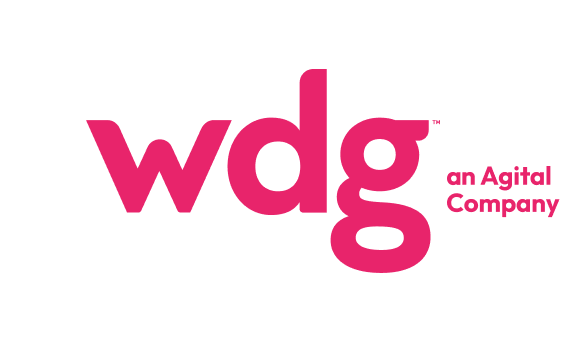A Developer’s Take on the Google Publisher WordPress Plugin
Google released another tool, the Google Publisher WordPress plugin, in their push to further their reach as an ad-serving giant. Google Publisher is a toe hold in a content-driven WordPress ecosystem that will only grow as more people discover just how easy it is to publish online using WordPress’s content management system.
Google has been pushing out updates for many of their tools over the last year especially. Our development team has been keeping an eye on updates for AdSense’s responsive ads, the slow rollout of the new Analytics, and major changes to the search algorithm, named Hummingbird. All of these updates represent a very public push to move the web forward while getting new users into the Adsense universe.
By popular demand
WordPress users and developers have always been fans of Google’s tools, including Adsense, Webmaster Tools, Analytics, Plus, and many others.
Need some convincing? How about the nearly 3500 plugins in the WordPress repository that mention Google?
What makes it different?
Google Publisher has been developed to do one thing: get WordPress sites integrated with AdSense. As a first step, this plugin does a great job doing exactly that.
When implementing this plugin you will first be asked to link your Google account and verify your site through Webmaster Tools. Once this has been accomplished you’ll be able to manage the ad placements on your site on the single posts, single pages and home page in a variety of places dictated by which hooks are available. The best part of this whole process is this plugin shows you a picture of your current home page with markers for each location. You can literally point to where you want the ad to be placed. Once you’ve selected your region just add the ad format you would like to display there and hit save and activate.
Responsive Ads!
According to Google’s help documents:
The Google Publisher Plugin will automatically change the size of the ad for smaller screens. For example, if you choose to have a horizontal banner at the top of your home page, this banner can be shown as a 728×90 banner on a regular desktop screen and a 320×50 banner on a mobile.
That’s right. The responsive ads Google implemented over the summer are supported. Very cool.
What does this mean from a practical standpoint?
Should I ditch my current implementation of AdSense?
Probably not. Unless you’re having problems with your implementation or you really want responsive ad support and you don’t have it, I would recommend sticking with what you have.
Should I use the Google Publisher plugin on new sites?
Definitely. Just be sure to test thoroughly before you use it on a live site. By Google’s own admittance this plugin is still very much in Beta. They are releasing it for people to start testing it on various installs with different plugins that may cause conflicts.
Don’t worry, though. Google has made an investment in this plugin by releasing it in this way. It’s version 0.1.0 as of this post’s publication. They still have a long way to go. I’m sure there will be many more features as well.
TL;DR
- Google released a WordPress plugin.
- It’s still beta, so use caution using it.
- But! It supports responsive ads and shows great promise.
Learn about our WordPress Development process and how our designers and developers work together on projects like yours. Interested in talking to us about your project?


